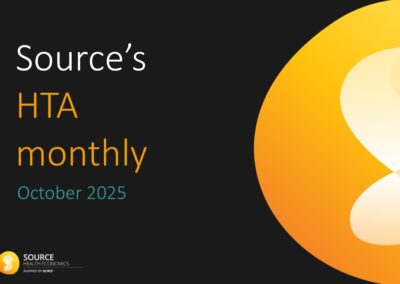Written by David Trueman, Director
htasurv is an open source Stata module for assessing alternative parametric distributions when extrapolating survival data for use in health economic models. The function distfind loops through alternative distributions (specified by the user) and reports statistics and produces plots specified in NICE DSU TSD 14.0. The function distanalysis writes out results and useful statistics (e.g. the variance-covariance matrix) for the analyst. The module can be installed directly from github, using the github module. Once the github module is installed, installation of htasurv is:
github install sourceHEOR/htasurv
Syntax
For distfind:
distfind [varlist], dlist(string) timevar(varname) failure(varname) [GRaphs]
Where varlist are the variables in the survival model (often treatment), timevar is the variable defining the time-to-event, and failure is a binary variable for failure vs censoring (1=failure, 0=censored). If the graphs option is used, plots will be saved to curentdirectory/graphs. dlist is the list of distributions to estimate as lowercase strings (see example below). For distanalysis:
distanalysis [varlist], sdist(string) doctitle(string) [caption(string)] [fname(string)]
distanalysis will estimate the model with variables given in varlist with distribution given in sdist (full title; all lowercase). The resulting model will be written to .csv and .rtf files with file names given by doctitle. If a folder location is specified by fname, all files will be stored there (otherwise, the current directory is used).
Example use
sysuse cancer.dta, clear
global dlist “gamma weibull gompertz exponential lognormal loglogistic”
distfind age i.drug, dlist($dlist) timevar(studytime) failure(died)
distanalysis age i.drug, sdist(gompertz) doctitle(test) caption(“Gompertz”)
The software can be downloaded here. This software is released under the GNU General Public License version 3.




